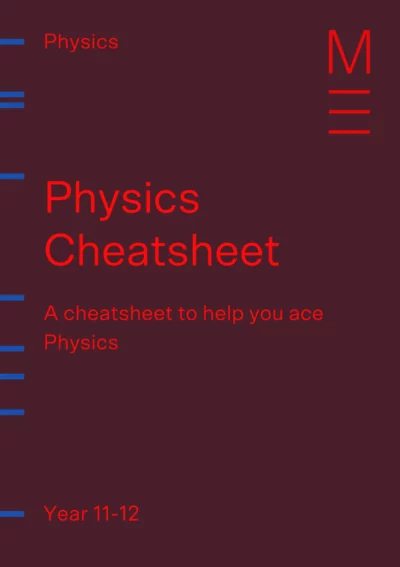Welcome to Matrix Education
To ensure we are showing you the most relevant content, please select your location below.
Select a year to see courses
Learn online or on-campus during the term or school holidays
Learn online or on-campus during the term or school holidays
Learn online or on-campus during the term or school holidays
Learn online or on-campus during the term or school holidays
Learn online or on-campus during the term or school holidays
Learn online or on-campus during the term or school holidays
Learn online or on-campus during the term or school holidays
Get HSC Trial exam ready in just a week
Get HSC exam ready in just a week
Select a year to see available courses
Science guides to help you get ahead
Science guides to help you get ahead
Read this article on the Nature of light if you want to make your HSC Marks shine!

Join 75,893 students who already have a head start.
"*" indicates required fields
Related courses

Join 8000+ students each term who already have a head start on their school academic journey.
Are you in the dark about HSC Physics? Don’t be! In this article, we illuminate the key concepts you need to know for The Nature of Light for HSC Physics to fulfil the NESA Course Outcomes.
Are all the formulas making you ‘Light’-headed?
Get the competitive edge for your next Physics assessment! Fill out your details below to get this resource emailed to you. "*" indicates required fields
Download your FREE foldable Physics Cheatsheet

Download your FREE foldable Physics Cheatsheet
The Year 12 Physics Nature of Light module is the first introduction to modern physics: quantum mechanics and special relativity. These concepts are challenging and non-intuitive and students very often struggle with them. Students must develop a clear understanding of these and learn how to apply them to obtain full marks in exam questions. In this third part of the HSC Physics study guide, we present key ideas from this topic in a distilled, logical way using flowcharts.
Matrix students are encouraged to organise complex ideas in ways that are easy to understand and visualise, and are taught how to use such techniques to answer longer exam questions.
The earliest debate as to the nature of light that is studied in this topic is between Huygens’ wave model and Newton’s corpuscular (particle) model.
While both matched the observed properties of light at the time, later experiments proved Huygens correct: light was a wave. This is outlined in the flowchart below:
Following the conclusion that light was a transverse wave, the question remained: what type of wave was it?
The two scientist most responsible for the answer were James Maxwell and Heinrich Hertz, who concluded that light is an electromagnetic wave.
The concept of the quantisation of light and the photon model are the cumulative achievements of Max Planck and Albert Einstein.
Planck suggested the notion of quantisation to better predict the emission spectra of black bodies, which was poorly explained by classical physics. Einstein expanded this idea to light, developing the photon model:
The phenomenon that led Einstein to develop the photon model of light was the photoelectric effect, where light above a certain frequency caused electrons to be ejected from a metal.
Einstein’s explanation is outlined below:
One of the more confusing aspects of light is its relation to the nature of observations as outlined in Einstein’s Special Theory of Relativity.
In this, Einstein adopts two postulates – that all inertial reference frames are equivalent, and that all observers measure the same speed of light regardless of their motion or the motion of the source – and uses them to make bold predictions about contradictory observations of space and time for observers in different reference frames. This is summarised below:
One of the more famous outcomes of Special Relativity is the principle of mass-energy equivalence and the corresponding equation E = mc2.
This arises from the relativistic momentum and mass dilation:
If you’re struggling with your Physics marks now, you’d better get on top of it before entropy really kicks in. Don’t worry, our Matrix Physics course is here to help!
Physics doesn't need to be confusing
Expert teachers, detailed feedback, one-to-one help! Learn from home with Matrix+ Online Courses.
Written by Matrix Science Team
The Matrix Science Team are teachers and tutors with a passion for Science and a dedication to seeing Matrix Students achieving their academic goals.© Matrix Education and www.matrix.edu.au, 2025. Unauthorised use and/or duplication of this material without express and written permission from this site’s author and/or owner is strictly prohibited. Excerpts and links may be used, provided that full and clear credit is given to Matrix Education and www.matrix.edu.au with appropriate and specific direction to the original content.